Lifereborn - The Life Weavers Retreat

More Posts from Lifereborn and Others

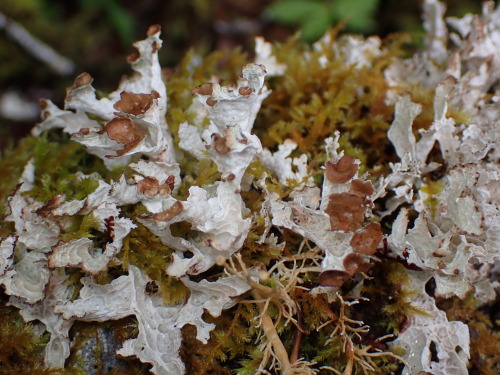


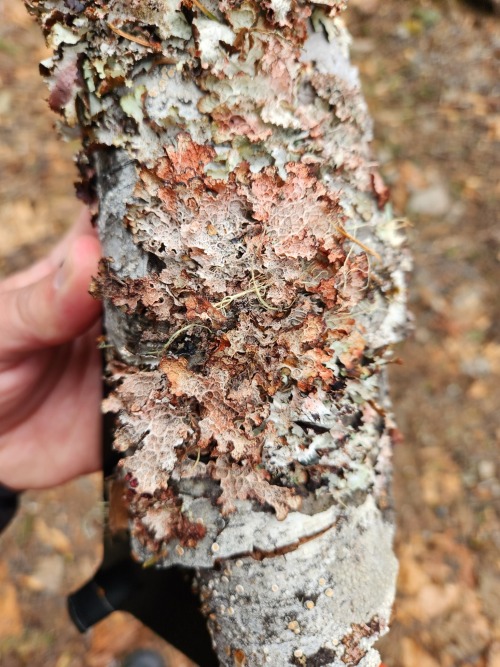
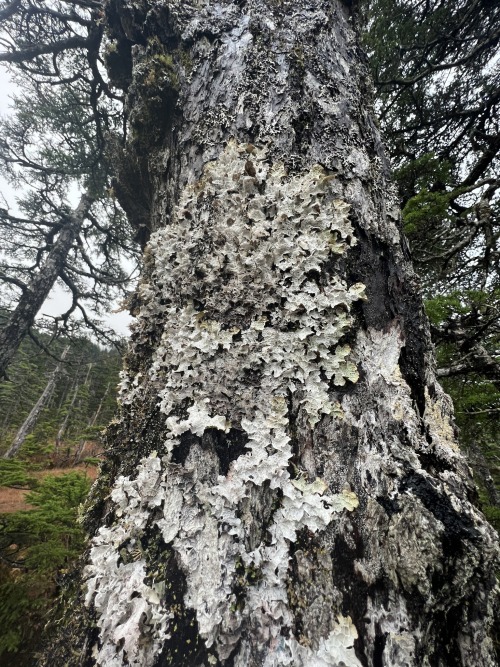

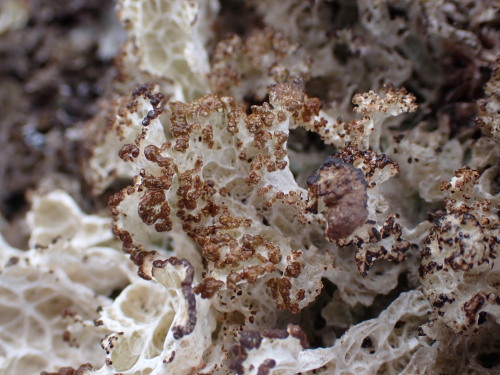
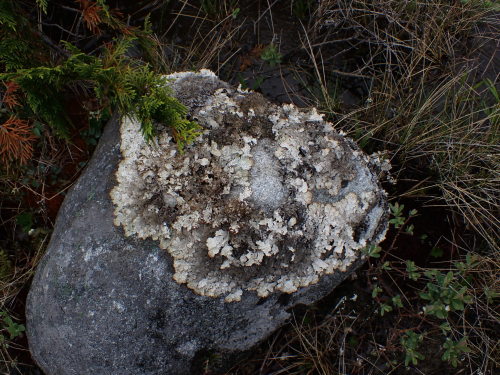
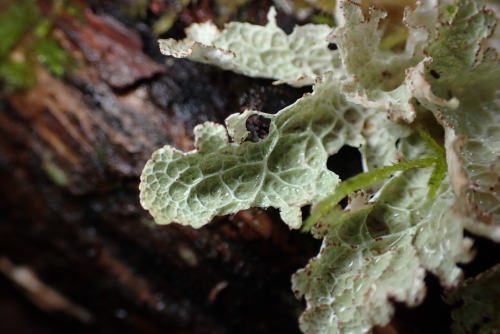
Platismatia lacunosa
Crinkled rag lichen
Why is she so shape? I don't know. One of the many perplexing mysteries of the lichen kingdom.
images: source


Y'all, I just won €400 in a Science Slam competition that is going toward my research, and I want to thank all of you for being my audience for the last few years. Without this space where I can practice my science communication and my bad lichen jokes, I wouldn't have done nearly as well. Much love to you!
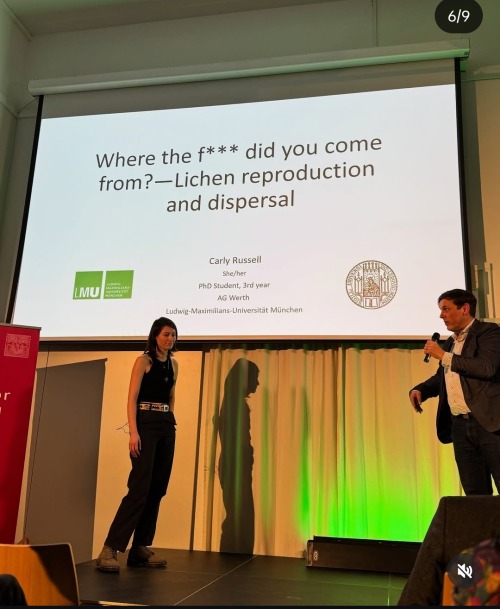
See me here looking extremely uncomfortable to be perceived by others
Lactose: e-excuse me...
Stomach: hey, what do we have here? Some goddamned lactose!
Small intestine: we don't like lactose here, ya know? You're gatecrashing a very private party!
Large intestine: (pushes him, making him stumble) there's two ways you can leave here... The easy way, or the hard way. What's it gonna be?
Lactose: but I...
Lactase: (deep voice) step back, everyone. (walks up and puts his arm around lactose's shoulders) he's with *me*
Large intestine: lactase?!
Small intestine: b-but you're both...
Lactase: I *said* he's with me. You got a problem with that?
Stomach: (finishes sizing him up) right. Course not. It's cool, lactose. Just don't cause any *problems*, you hear?
Lactose: I-I w-
Lactase: you don't have to answer that, babe. Just keep walking



Plant Immune System Part 3
The plant immune system is the topic of my PhD thesis, which I'm currently writing following several years of lab-based research as a PhD student at Imperial College London under the supervision of Professor Colin Turnbull.
Here's an introduction to my research, which focused on how certain plants defend themselves against aphids.
Aphids are an important insect pest that threaten agriculture worldwide. As we learned in the previous post, plant resistance (R) genes control resistance to specific pests and pathogens through interaction with effectors from the invaders. Since examples of R gene-dependent aphid resistance have been documented in different plant species, aphid-specific R genes may enable the development of resistant crops.
In the model plant Medicago truncatula, there are some varieties that are resistant to aphids and other varieties that are susceptible to Pea Aphids (Acyrthosiphon pisum). Whether the plant is resistant also depends on the variety of aphid. In my project, the A17 plant is resistant to PS01 aphids but not to N116 aphids, while the DZA plant is susceptible to both aphid varieties.
What is the key difference in the resistant versus susceptible plants? Resistant A17 plants have a portion of their genome “Resistance to Acyrthosiphon pisum 1” (RAP1) which determines resistance to PS01 aphids, but the genes controlling the defence response and physiological defence mechanisms remain unknown. Two candidate R genes located in RAP1, designated “RAP1A” and “RAP1B”, may control resistance.
My main objective in my PhD project has been to determine whether RAP1A and RAP1B control aphid resistance, and to investigate the RAP1-mediated defence response. I look forward to sharing the findings in publications and in talks next year!
Image credit: Original diagram by Katia Hougaard with images from the Turnbull Lab.
#katia_plantscientist#science#biology#research#plants#botany#plantbiology#phdproject#plantbiology#plantscience#sciencecommunication#diagrams#phd#imperialcollegelondon#phdthesis#medicago#aphid#plantimmunesystem#pestsandpathogens#plantpathology#womeninscience#plantbiologist

-
 starfirelily reblogged this · 2 weeks ago
starfirelily reblogged this · 2 weeks ago -
 neurodivergentnacho reblogged this · 2 weeks ago
neurodivergentnacho reblogged this · 2 weeks ago -
 after-perfect reblogged this · 4 weeks ago
after-perfect reblogged this · 4 weeks ago -
 corposeco liked this · 1 month ago
corposeco liked this · 1 month ago -
 heartbleedbug liked this · 1 month ago
heartbleedbug liked this · 1 month ago -
 calamitygrier reblogged this · 1 month ago
calamitygrier reblogged this · 1 month ago -
 powdeeee liked this · 1 month ago
powdeeee liked this · 1 month ago -
 melinda-reads liked this · 1 month ago
melinda-reads liked this · 1 month ago -
 kyrsteniopsis reblogged this · 1 month ago
kyrsteniopsis reblogged this · 1 month ago -
 guilty-as-charmed liked this · 1 month ago
guilty-as-charmed liked this · 1 month ago -
 no-barbarians-here liked this · 1 month ago
no-barbarians-here liked this · 1 month ago -
 lookatmelearningstuff liked this · 1 month ago
lookatmelearningstuff liked this · 1 month ago -
 seriousacademic reblogged this · 1 month ago
seriousacademic reblogged this · 1 month ago -
 elizabolt liked this · 1 month ago
elizabolt liked this · 1 month ago -
 mmmmhue reblogged this · 1 month ago
mmmmhue reblogged this · 1 month ago -
 statesideshift liked this · 1 month ago
statesideshift liked this · 1 month ago -
 awoo-is-here liked this · 1 month ago
awoo-is-here liked this · 1 month ago -
 polyglot-noodle reblogged this · 1 month ago
polyglot-noodle reblogged this · 1 month ago -
 naaaahimgood liked this · 1 month ago
naaaahimgood liked this · 1 month ago -
 panicatthesocialmedia reblogged this · 1 month ago
panicatthesocialmedia reblogged this · 1 month ago -
 mirkwood-spider-express liked this · 1 month ago
mirkwood-spider-express liked this · 1 month ago -
 the-leaves-are-ruin liked this · 1 month ago
the-leaves-are-ruin liked this · 1 month ago -
 cocosprinkledbrownie liked this · 1 month ago
cocosprinkledbrownie liked this · 1 month ago -
 sarcasticpotatocat liked this · 1 month ago
sarcasticpotatocat liked this · 1 month ago -
 sorryicantrememberyourname liked this · 1 month ago
sorryicantrememberyourname liked this · 1 month ago -
 somanyofthekids reblogged this · 1 month ago
somanyofthekids reblogged this · 1 month ago -
 applepiesandcoke liked this · 1 month ago
applepiesandcoke liked this · 1 month ago -
 whydouwantmyname reblogged this · 1 month ago
whydouwantmyname reblogged this · 1 month ago -
 whydouwantmyname liked this · 1 month ago
whydouwantmyname liked this · 1 month ago -
 fearieshadow reblogged this · 1 month ago
fearieshadow reblogged this · 1 month ago -
 diedfromembarrassmentlikeasim liked this · 1 month ago
diedfromembarrassmentlikeasim liked this · 1 month ago -
 archaeology-findings liked this · 1 month ago
archaeology-findings liked this · 1 month ago -
 lactating liked this · 1 month ago
lactating liked this · 1 month ago -
 syrnyj reblogged this · 1 month ago
syrnyj reblogged this · 1 month ago -
 sadieb798 liked this · 1 month ago
sadieb798 liked this · 1 month ago -
 bobblawblog reblogged this · 1 month ago
bobblawblog reblogged this · 1 month ago -
 ronandhermy liked this · 1 month ago
ronandhermy liked this · 1 month ago -
 lingua-file reblogged this · 1 month ago
lingua-file reblogged this · 1 month ago -
 bouquetofgemstones liked this · 1 month ago
bouquetofgemstones liked this · 1 month ago -
 visceral-acuity liked this · 1 month ago
visceral-acuity liked this · 1 month ago -
 dancing-bl0ss0ms liked this · 1 month ago
dancing-bl0ss0ms liked this · 1 month ago -
 akwardunicorn17 liked this · 1 month ago
akwardunicorn17 liked this · 1 month ago -
 chromatic-lamina liked this · 1 month ago
chromatic-lamina liked this · 1 month ago -
 fountoflight liked this · 1 month ago
fountoflight liked this · 1 month ago -
 mageprincess reblogged this · 1 month ago
mageprincess reblogged this · 1 month ago -
 nightvaldez liked this · 1 month ago
nightvaldez liked this · 1 month ago -
 deeplywornletters reblogged this · 1 month ago
deeplywornletters reblogged this · 1 month ago -
 karolincki reblogged this · 1 month ago
karolincki reblogged this · 1 month ago -
 lilolilyr reblogged this · 1 month ago
lilolilyr reblogged this · 1 month ago -
 ambersagt reblogged this · 1 month ago
ambersagt reblogged this · 1 month ago

Scientist, scholar, hapless train wreck all wrapped into one neurotic package.
71 posts
